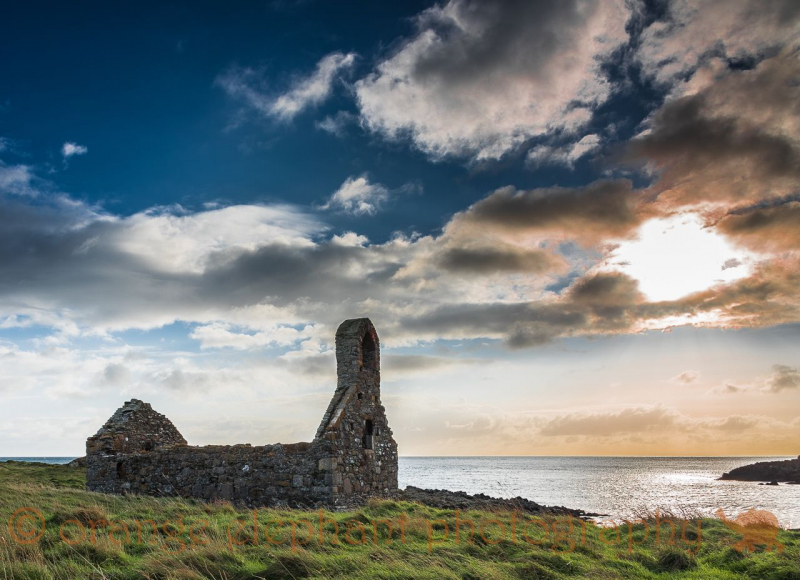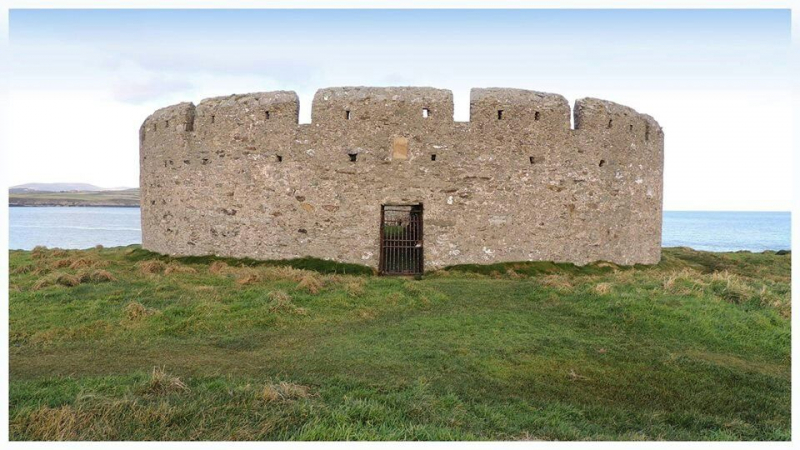St Michael's Isle
St Michael's Island, often known as Fort Island, is a small island on the Isle of Man's Malew parish that is recognized for its intriguing remains. A thin causeway connects it to the Langness Peninsula, near Derbyhaven, which is 5.14 hectares (12.70 acres) and is about 400 meters (440 yards) long from west to east. The island is made up entirely of shale, and the soil is quite acidic. It does, however, have significant maritime flora biomes.
There is evidence of human activity on the island dating back to the Paleolithic period, as well as two old buildings. Both are in a state of disrepair and are closed to the public, though there are various footpaths that tourists can use to explore the area.
On the south side of the island, St Michael's Chapel, a 12th-century chapel, may be found. On the site of a historic Celtic keeill, this Celtic-Nordic chapel was erected. In 1250 and 1275, two important conflicts for control of the Isle of Man took place on the island, with England, Scotland, and the Manx vying for dominance. The Manx won the initial war, but Scotland took possession 25 years later.
The island's eastern edge is home to Fort Derby, a 17th-century stronghold. It was built in 1645 by James Stanley, 7th Earl of Derby and Lord of Mann, to secure the busy port of Derbyhaven at the time of the English Civil War. St Michael's Isle is one of the most beautiful historical sites in Isle of Man.
Location: island Malew parish, the Isle of Man.











